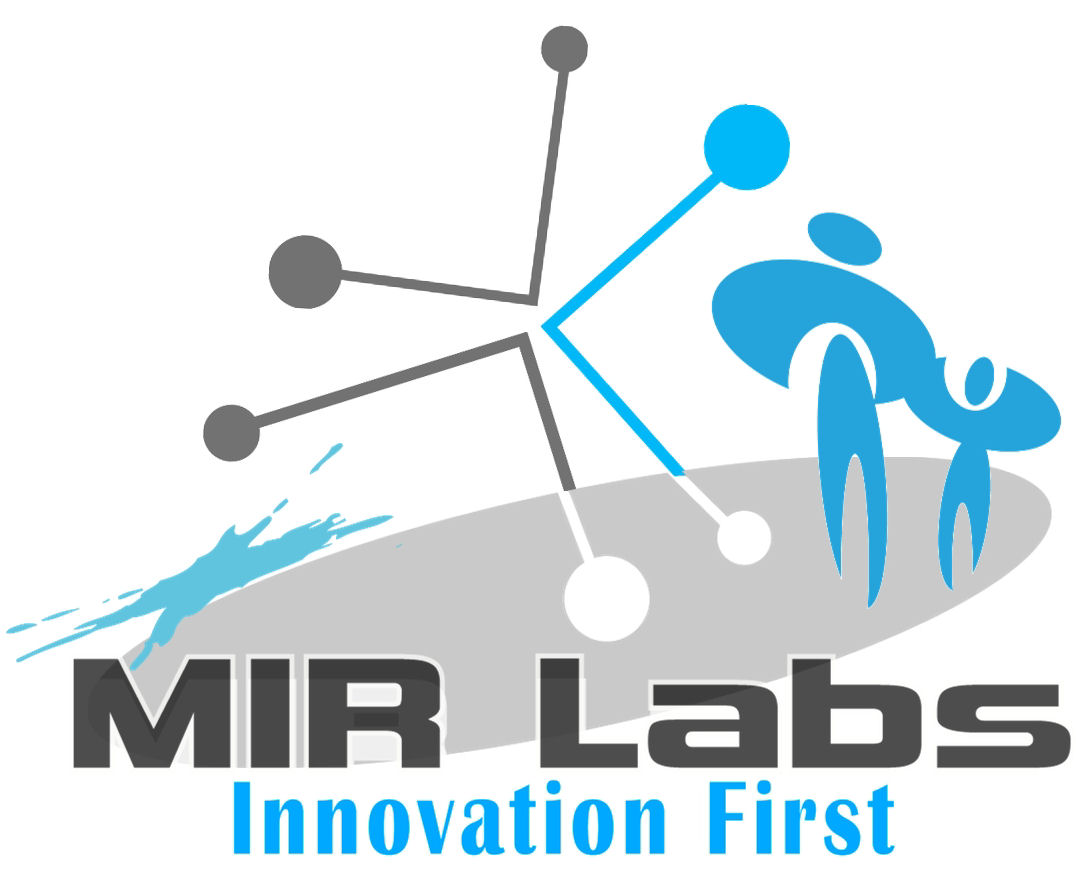
Plenary Speakers
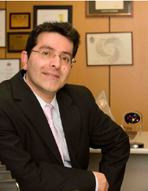 |
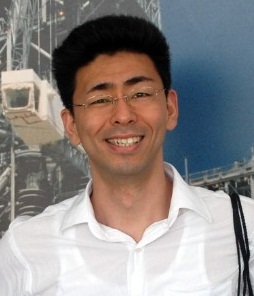 | ||
| Saeid Nahavandi Deakin University Centre for Intelligent Systems Research Geelong, Australia |
Václav Snášel VSB-Technical University of Ostrava, Czech Republic |
Hideyasu Sasaki The Chinese University of Hong Kong, Hong Kong | |
| |
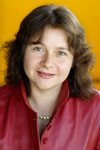 |
|
|
| Gauri S. Mittal University of Guelph, Canada |
Emilia I. Barakova Eindhoven University of Technology, Netherlands |
Aditya K. Ghose University of Wollongong, Australia | |
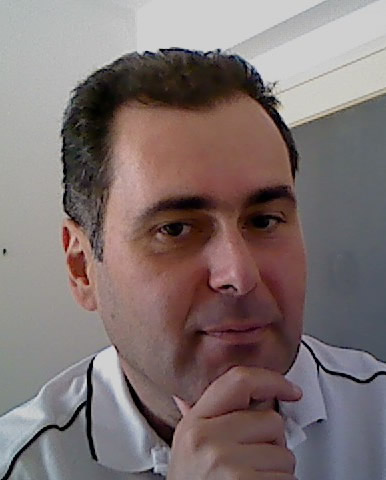 |
|
| |
| Nikitas Sgouros University of Piraeus, Greece |
Elpida Tzafestas University of Athens, Greece |
Sankar K. Pal | |
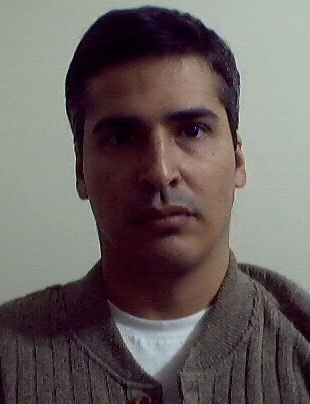 | |||
| Andre de Carvalho University of Sao Paulo, Brazil |
-----------------------------------------------------------------------------------------------------------------
| Knowledge Management in Process Control using Simulation and Modelling techniques Saeid Nahavandi Deakin University Centre for Intelligent Systems Research Geelong, Australia | |
|
[Abstract] Retaining knowledge in companies often is a major challenge as there are very few formal tools available to achieve this. Capturing the appropriate knowledge about the organisation on the other hand has proved to be one of the greatest barriers. This talk will highlight challenges and devise a mechanism on how this can be achieved through simulation and modelling techniques for complex engineered systems. Through real world industry case studies the concept will be demonstrated step by step, highlighting all aspects of data capture, information processing and knowledge management for key decision-making processes demonstrating their effect on a company's bottom line. | |
|
[Biography] Saeid Nahavandi received his BSc (Hons), MSc and PhD in Control Engineering from Durham University, UK in 1985, 1986 and 1991 respectively. Saeid is an Alfred Deakin Professor and the Director for the Centre for Intelligent Systems Research at Deakin University in Australia. Professor Nahavandi is a Fellow member of IET. IEAust and Senior Member of IEEE and has published over 350 refereed papers and been awarded several competitive Australian Research Council (ARC) grants over the past five years. He received the Research collaboration / initiatives award from Japan (2000) and Prince & Princess of Wales Science Award in 1994. He won the title of Young Engineer of the Year Award in 1996 and holds two patents. In 2002 Professor Nahavandi served as a consultant to Jet Propulsion Lab (NASA) during his visit to JPL Labs. In 2006 he received the title of Alfred Deakin Professor, the highest honour at Deakin University for his contribution to fundamental research. Professor Nahavandi is the founder for the Centre for Intelligent Systems Research with 55 full time researchers at Deakin University. He actively contributes and leads four major research projects in three Cooperative Research Centres with over 50 major international companies as partners. In modelling and simulation of complex systems he received awards from several organisations to focus on simulation based optimization of manufacturing processes, airport operations, logistics and distribution centres. He has carried out industry based research with several major international companies such as GM, Ford, Holden, Nissan, Bosch, Futuris, Boeing, Vestas just to name a few. For his contribution in haptics and robotics he won two major research grants from the Australian Department of Defence on haptically enabled counter explosive robot design. Professor Nahavandi has been the chairman of eight International conferences and the General Chair for World Manufacturing Congress series and the International Congress on Autonomous Intelligent Systems. He also holds the position of Editor for the International Journal Intelligent Automation and Soft Computing (South Pacific region), International Journal of Computational Intelligence and Associate Editor - IEEE Systems Journal, International Journal of Innovative Computing & Information Control. --------------------------------------------------------------------------------------------------------------------------------------------- | |
| Václav Snášel VSB-Technical University of Ostrava, Czech Republic | |
| [Abstract] | |
|
[Biography] Vaclav Snasel's research and development experience includes over 25 years in the Industry and Academia. He works in a multi-disciplinary environment involving artificial intelligence, multidimensional data indexing, conceptual lattice, information retrieval, semantic web, knowledge management, data compression, machine intelligence, neural network, web intelligence, data mining and applied to various real world problems. He has given more than 10 plenary lectures and conference tutorials in these areas. He has authored/co-authored several refereed journal/conference papers and book chapters. He has published more than 400 papers (147 is recorded at Web of Science). He has supervised many Ph.D. students from Czech Republic, Jordan, Yemen, Slovakia, Ukraine and Vietnam. --------------------------------------------------------------------------------------------------------------------- | |
| Human-Machine Interaction in Time-Critical Communications Hideyasu Sasaki The Chinese University of Hong Kong, Hong Kong | |
|
[Abstract] Managing time-critical transactions is a challenging problem in communication systems which involve human interventions. Tracking the human-machine interaction in information communications often anticipates technical challenges derived from human misapprehensions or the limitations of human perception. This talk will commence with discussion on a well-known heuristic approach for tackling with the communication problem in human-machine systems and its limitations of applications to real practice. We then highlight a non-heuristic approach using stochastic analysis of human behavior. The introduced approach dramatically improves human-machine interaction in time-critical communications. | |
|
[Biography] Prof. Sasaki has given invited talks at renowned conferences and institutes including SPIE Defense, Security and Sensing (DSS) and The Energy and Resources Institute of India (TERI). His research interests include Human-Machine Systems, Collective Intelligence, Soft Computing and Decision Making. His primary concern is time-critical analysis on decision making. Prof. Sasaki is the founding Editor-in-Chief of International Journal of Organizational and Collective Intelligence (IJOCI), IRMA, N.J., United States. He is active in several international program committees including IEEE SMC 2011 Part B Human-Machine Systems. Prof. Sasaki is a Fellow member of IARIA and has been awarded best paper awards for his presentations twice consecutively, and the 4th Annual Excellence in Research Journal Award from IRMA for his co-authored journal article in IJSSOE about a steganography technique using artificial neural networks in 2010. Dr. Sasaki has been awarded competitive Japan Society for Science Promotion (JSPS) grants over the past six years from the very beginning of his tenure professorship. He received the Microsoft Research Grant in 2005.Dr. Sasaki is an Associate Professor of Computer Science at Ritsumeikan University in Kyoto, Japan. He has been tenured there since 2005. Prof. Sasaki received his BA, LLB from the University of Tokyo, Japan, LLM from University of Chicago Law School, MS (Hons) and PhD (Highest Hons) in Computer and Information Sciences in 1992, 1994, 1999, 2001 and 2003 respectively. In his graduate research, he won the title of Keio Engineering Society Fellow (2001). He has experienced lawyering and litigations as an Attorney-at-Law in New York since 1999. --------------------------------------------------------------------------------------------------------------------- | |
| Sensors and sensor networks in health, food safety and quality detection Gauri S. Mittal Systems Engineering at the School of Engineering, University of Guelph, Guelph, Ontario, Canada | |
|
[Abstract] Various sensors and sensor fusion are presented in this talk based on our research at the University of Guelph. These sensors and networks were developed to sense health, and food safety and quality. Various techniques such as image processing, impedance spectroscopy, signal processing, near-infrared, audio signals, and ultrasound and microwave pulses were used. --------------------------------------------------------------------------------------------------------------------- | |
|
|
| The Optimizing Web: Leveraging efficiencies from collaborative services Aditya K. Ghose University of Wollongong,Australia. | |||
| |||
|
| |||
 |
Means of Expression, Rendering and Analysis of Collective Reactions in Social Interaction Environments Nikitas Sgouros University of Piraeus, Greece | ||
| |||
|
| |||
| Constraints and Effects of Partner Selection on the Emergence of Structures in Social Environments Elpida Tzafestas University of Athens, Greece | |||
| |||
|
| |||
| Machine Intelligence, Granular Mining and Image Analysis: F-granulation, Rough-fuzzy Approach and Challenges Sankar K. Pal Indian Statistical Institute, India | |||
| |||
|
| |||
 |
Using metalearning for technique recommendation Andre de Carvalho University of Sao Paulo, Brazil | ||
| |||
|
| |||
